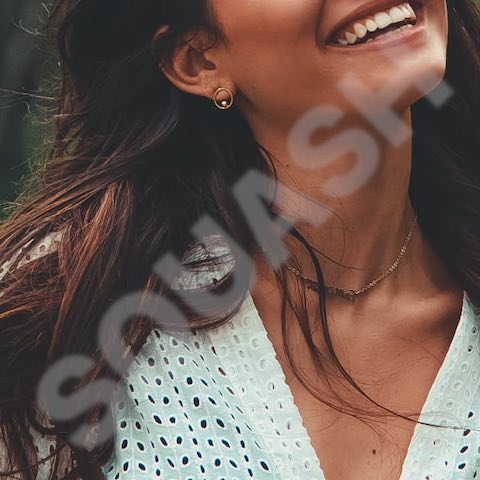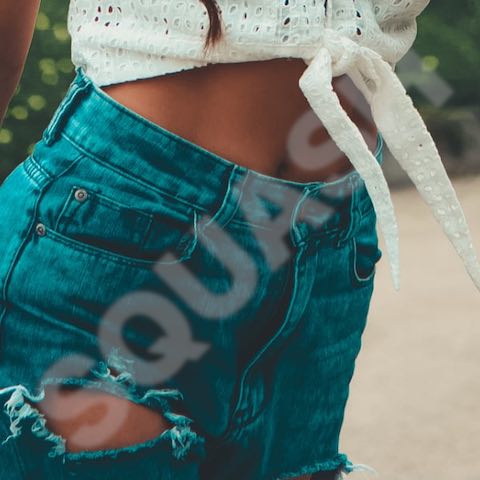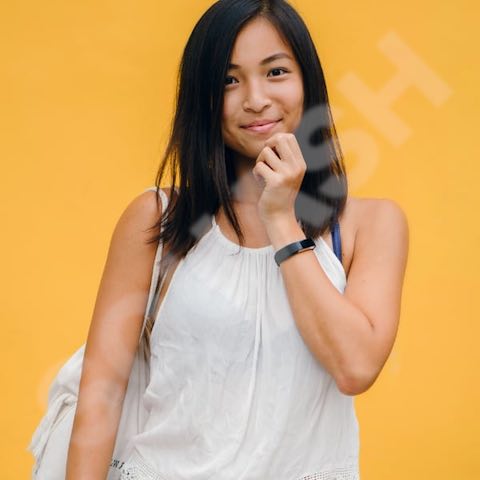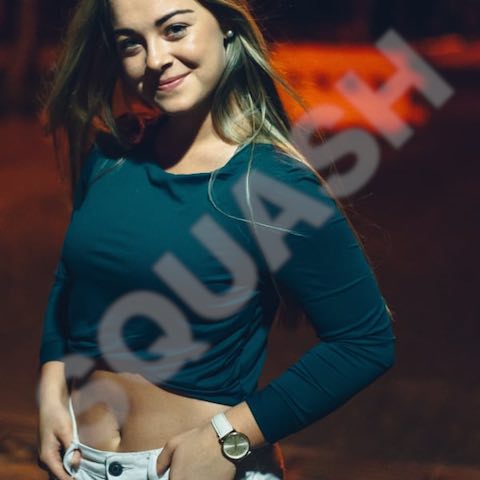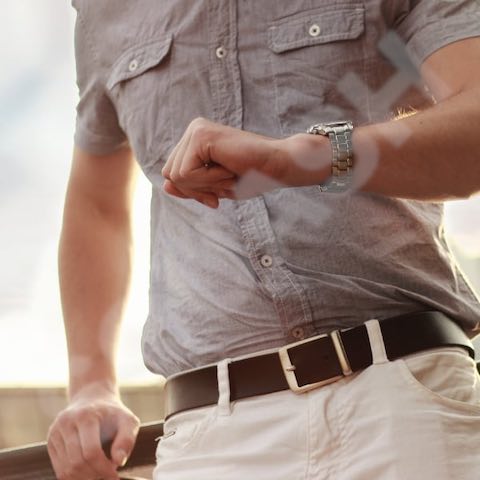-
The Wine Visual Exam: What Your Eyes Can Tell You Before the First Sip
To truly enjoy a wine, of course, we need to start by tasting it.Tasting is what will make you a real wine taster, and with my tips, you’ll learn how to do it by following the same steps sommeliers use. Wine tasting is based on examining three key aspects: the visual exam, the olfactory exam,…
